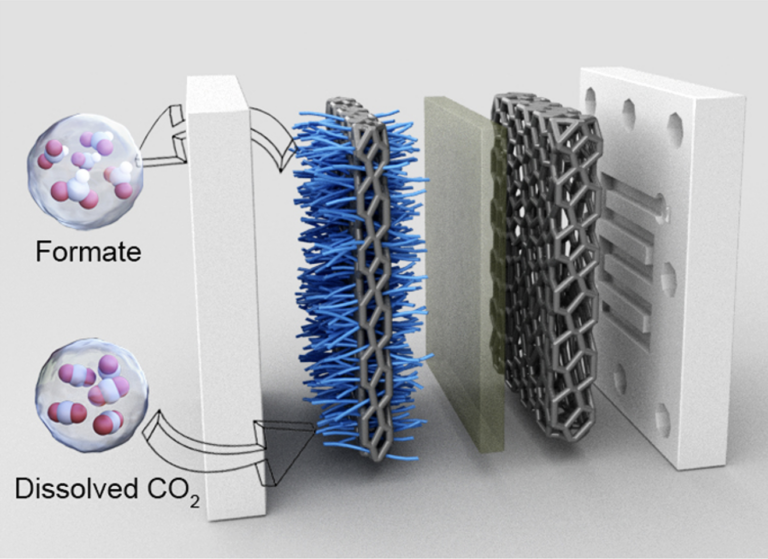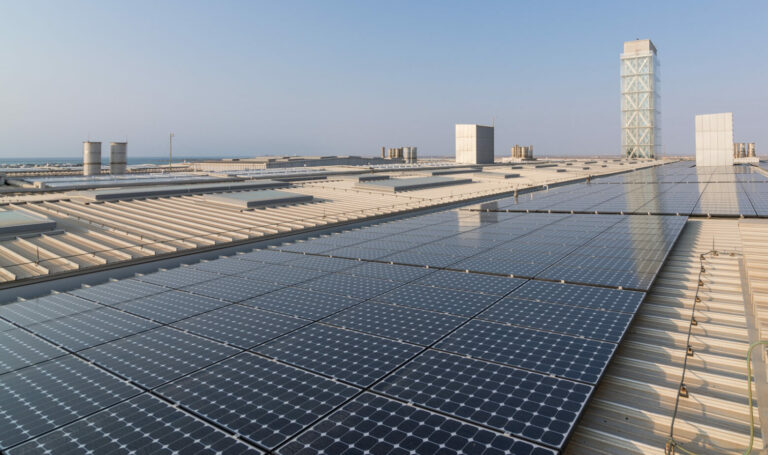Mechanical Engineering
Simulations blow wind tunnel tests away
A simulation scheme for aerodynamic turbulence could replace expensive wind tunnel tests.


Aerodynamic flow field showing separation of the boundary layer and the formation of an eddy.
© 2015 KAUST
At high speeds, air flow becomes increasingly turbulent and its interaction with surfaces becomes difficult to predict. Due to the extreme complexity of such chaotic turbulent flows, aerodynamic engineers designing everything from aircraft wings to golf balls rely on wind tunnel tests to understand how their designs will stand up in practical and sometimes life-or-death situations. Unfortunately, wind tunnel tests are expensive and time-consuming, making it a challenge to iteratively refine a design for better performance.
Ravi Samtaney from KAUST and colleagues Wan Cheng and Dale Pullin from Caltech have developed a simulation code that accurately reproduces experimentally observed turbulence fields for high-speed applications1.
“Turbulent flows across surfaces are most accurately modelled by direct numerical simulation,” explained Samtaney. “However, such simulations are computationally intensive and will not be practical for highly turbulent flows for many decades to come.”
The team’s new simulation code combines a numerical simulation scheme called large eddy simulation (LES) to resolve large scales of turbulent motion with mathematical models describing small-scale features and the ultrathin but important viscous flow layer that forms in contact with the moving surface. In this way, the researchers simplify the simulation by many orders of magnitude while maintaining high fidelity with experimental observations.
One of the most important physical features of aerodynamic flow is the separation of the flow-field from the surface, which produces a “separation vortex” and a significant increase in drag. Over a wing, the expansion of such turbulent boundary layer separation can suddenly and significantly reduce lift, but may only appear at certain air speeds. In less critical applications, this same effect can alter the trajectory and flight of a golf ball.
“Our simulations can accurately predict flow separation and reattachment points along a wall as well as skin friction, and the results are in excellent agreement with two different reference experiments,” noted Samtaney. “Such a close match with experimental measurements has not been achieved previously for such flows.”
Accurate prediction of turbulent boundary separation by simulation can ease the engineer’s reliance on expensive wind tunnel tests. The low computational cost of this LES-based method means that conducting such simulations at the high-speed air flows of engineering interest is now possible.
“Our simulation code overcomes a major roadblock that has prevented expansion of our present predictive capability for engineering fluid dynamics simulation,” Samtaney said.
References
- Cheng, W., Pullin, D. I. & Samtaney, R. Large-eddy simulation of separation and reattachment of a flat plate turbulent boundary layer. Journal of Fluid Mechanics 785, 78–108 (2015).| article
You might also like

Mechanical Engineering
Dancing droplets’ new spin on water harvesting

Mechanical Engineering
Underwater air pockets smooth out the bumps

Chemistry
Squeezing more from carbon dioxide

Applied Mathematics and Computational Sciences
Balancing renewable energy systems in Saudi buildings

Mechanical Engineering
Droplets reach lift-off

Mechanical Engineering
Laser imaging helps clean fuels live up to their reputation

Mechanical Engineering
Smarter sensor sniffs out target gases

Mechanical Engineering



